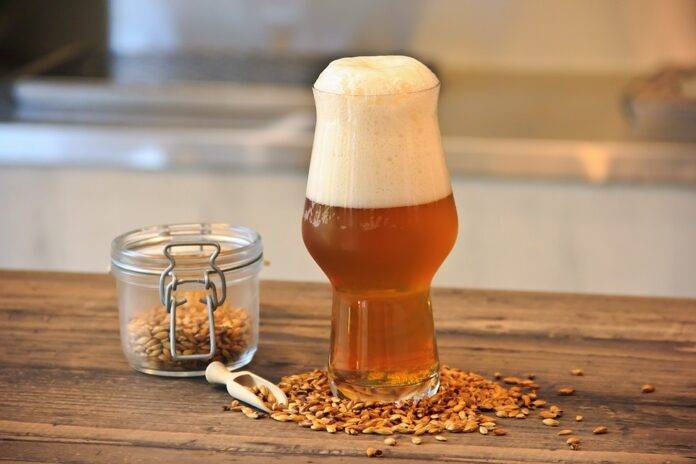The Role of Brettanomyces in Belgian Wild Ales
Introduction
Belgian wild ales are renowned for their complex flavors, which are often attributed to the presence of Brettanomyces, a type of yeast that contributes unique funk and depth to these beers. In this report, we will explore how Brettanomyces works its magic in Belgian wild ales and why it is such a crucial component in creating these distinctive brews.
Understanding Brettanomyces
Brettanomyces, often referred to as “Brett” for short, is a wild yeast strain that is commonly found in the environment, including in the air and on the skins of fruits. Unlike traditional brewing yeast strains, Brettanomyces is known for its ability to produce a wide range of flavors and aromas, including barnyard funk, earthiness, and tropical fruit notes. When used in beer production, Brettanomyces can add complexity and depth to the final product, making it a favorite among brewers looking to create unique and flavorful beers.
The Funk Factor
One of the most distinctive characteristics of Brettanomyces is its ability to produce funky aromas and flavors in beer. This funkiness is often described as barnyard-like, with notes of leather, hay, and earthiness. While these flavors may sound unappealing to some, they are highly prized by beer enthusiasts who appreciate the complexity and depth that Brettanomyces can bring to a beer. In Belgian wild ales, the funkiness of Brettanomyces is often balanced by other flavors, such as fruity esters from the primary yeast strain, creating a harmonious and intriguing flavor profile.
Depth and Complexity
In addition to its funky characteristics, Brettanomyces can also add depth and complexity to beer. This yeast strain is known for its ability to continue fermenting sugars that traditional brewing yeast cannot metabolize, leading to a drier and more complex final product. The presence of Brettanomyces in Belgian wild ales can result in a beer that evolves over time, with flavors developing and changing as the beer ages. This aging process can lead to a beer that is rich, nuanced, and full of surprises for the drinker.
Industry Insights
The use of Brettanomyces in beer production has gained popularity in recent years, with many craft breweries experimenting with this wild yeast strain to create unique and innovative brews. Some breweries have even dedicated entire lines of beers to Brettanomyces fermentation, showcasing the versatility and creativity that this yeast strain can bring to the brewing process. As consumer interest in complex and flavorful beers continues to grow, we can expect to see more breweries incorporating Brettanomyces into their beer recipes to cater to this demand.
Financial Data
While precise financial data on the use of Brettanomyces in Belgian wild ales may be difficult to come by, we can look at the overall growth of the craft beer industry to gauge the importance of this trend. According to the Brewers Association, the craft beer market in the United States alone was worth $29.3 billion in 2020, with craft breweries producing over 23.1 million barrels of beer. With consumers increasingly seeking out unique and flavorful beers, it is clear that there is a growing market for Belgian wild ales and other beers that feature Brettanomyces as a key ingredient.
Conclusion
In conclusion, Brettanomyces plays a crucial role in the creation of Belgian wild ales, adding funk and depth to these complex and flavorful beers. As consumer interest in craft beer continues to grow, we can expect to see more breweries incorporating Brettanomyces into their beer recipes to meet this demand. The unique characteristics of Brettanomyces make it a valuable tool for brewers looking to push the boundaries of traditional beer styles and create innovative and exciting brews for beer enthusiasts to enjoy.




